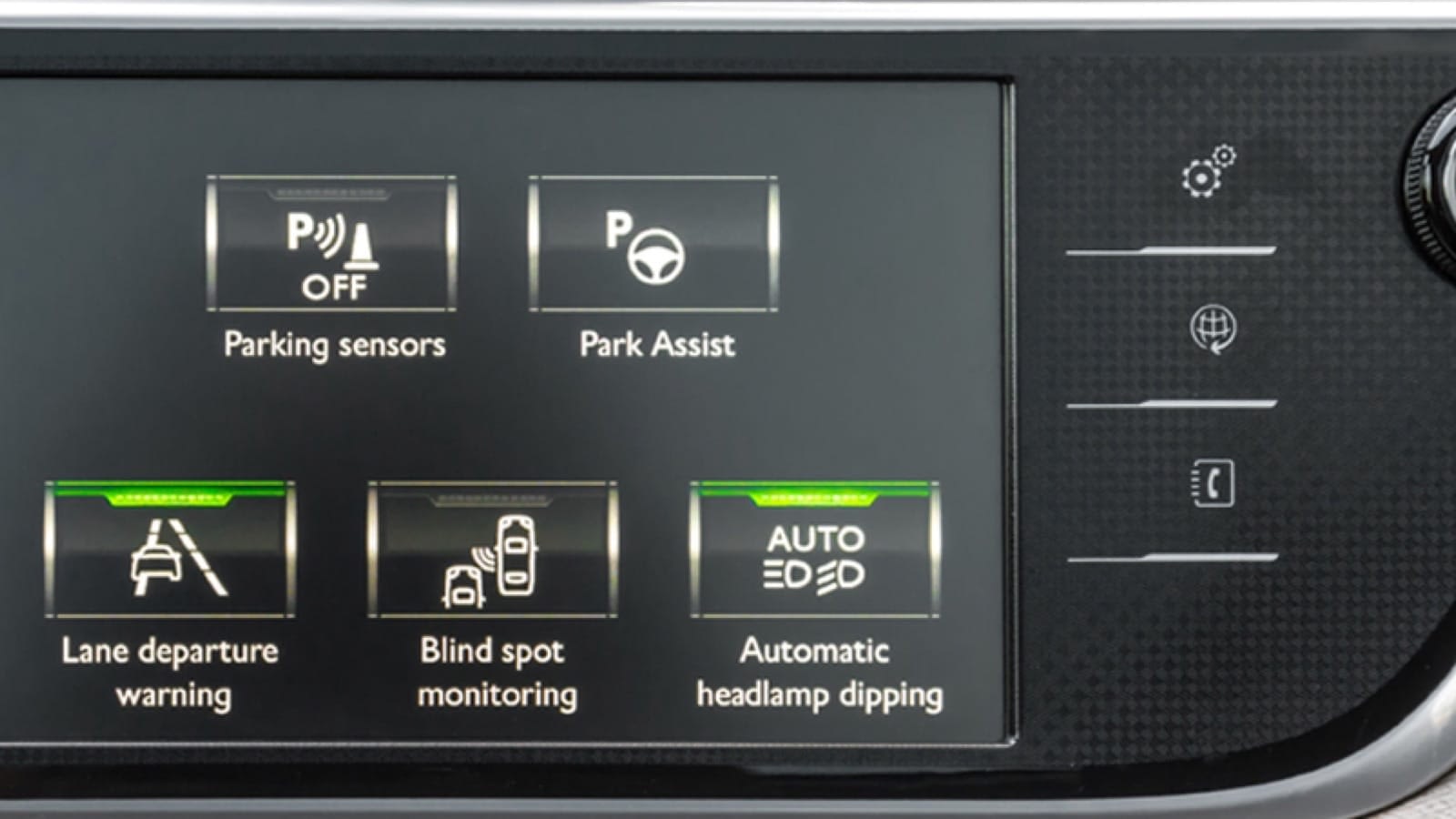Auto Safety Features: The Good. The Helpful. The Annoying?

If you have purchased a car in the last four years, you’ve probably noticed several new features designed to help protect you on the roadway. And thanks to that advanced engineering and technology, today’s cars are safer than ever. (Having the right auto insurance can protect you on the road, too.)
An analysis by the Insurance Institute for Highway Safety (IIHS) and the Highway Loss Data Institute (HLDI) found that forward collision warning combined with automated emergency braking cuts front-to-rear crashes with injuries by more than half (56%).
However, a national survey by Erie Insurance found that not everyone is taking advantage of these new safety features.
According to the survey, which asked 500 U.S. licensed drivers ages 18 and older with vehicles made after 2016, drivers are intentionally turning off or disabling these features that can ultimately help them avoid crashes.
So, which features are drivers toggling off – and why? Keep reading to find out.
Control over convenience
The two features drivers were most likely to disable were ones designed to enhance their comfort and convenience.
The largest percentage of drivers surveyed (30%) said they had disabled adaptive cruise control, which keeps a vehicle a specific distance from the car in front of it by applying the brakes if it gets too close. The most cited reason for disabling this feature was, “I want to control the vehicle, not have the vehicle control itself.”
The second most disabled feature was lane keeping assist, which helps prevent the car from straying across lane markings by automatically making light braking or minor steering adjustments. Almost a quarter of drivers (23%) said they turned off lane keeping assist.
Most common reason for disabling: “annoyance”
In the survey, drivers said their most common reasons for turning off or disabling features is that they find them “annoying” or “distracting.”
Jon Bloom, vice president of personal auto at ERIE, said automakers are always working to refine and improve features. However, in some cases, drivers just need to learn how the feature works and get used to it.
“Ideally as features improve and drivers get more comfortable with them, using them will become second-nature the way seatbelts are today,” Bloom said. “The payoff could be huge in terms of reducing crashes and saving lives.”
Affecting buying decisions
So the next time you’re car shopping, will you want a car with any of these features? Many survey respondents still say “yes.”
Of the 11 safety technologies listed in the survey, only one feature showed significant hesitation from drivers: adaptive cruise control. More than a third (35%) of survey respondents said they definitely would not purchase a car with this feature. The percentages of drivers who definitely wouldn’t want any of the other 10 features were all in the single digits.
From the safety features to the paint color, there’s a lot that goes into choosing a car that’s just the right fit. When it comes to your auto insurance, you deserve an experience that’s personalized to you, too.
See what’s different about auto insurance from ERIE, or talk to a local agent in your neighborhood.
Methodology
This survey was conducted online by Falls on behalf of Erie Insurance, from February 28 through March 4, 2020, among 500 U.S. licensed drivers ages 18 and older with vehicle model years between 2016 and 2020. Falls established the sampling quotas, designed the questionnaire, tabulated the survey responses, and managed the overall project. Falls used Dynata (Plano, TX) to administer the survey via the internet, including mobile devices, to Dynata’s captive U.S. panels who met the age, gender, and regional demographic criteria.

A better insurance experience starts with ERIE.
Haven’t heard of us? Erie Insurance started with humble beginnings in 1925 with a mission to emphasize customer service above all else. Though we’ve grown to reach the Fortune 500 list, we still haven’t lost the human touch.
Contact Foresight Insurance, LLC today to experience the ERIE difference for yourself.
